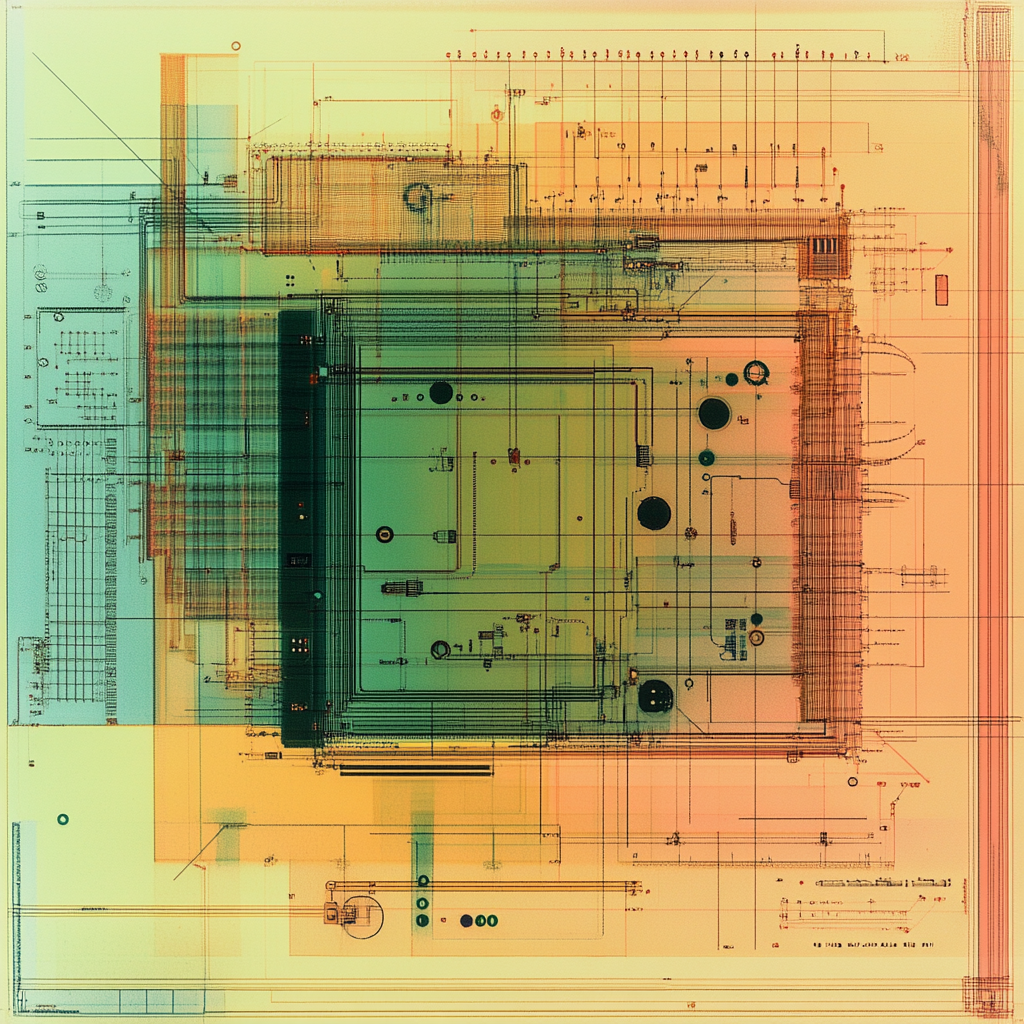ARM or x86 — which architecture has the future? We analyze the pros, cons and key trends of 2025 in the processor battle.
The architectural war between ARM and x86 has long ceased to be just a technical dispute between engineers. It is a battle of two approaches to computing: compactness and energy efficiency versus power and versatility. In 2025, this competition has reached a new level: Apple, Qualcomm, AMD, Intel, NVIDIA — everyone is participating in the race.
n this article, we will figure out who is really in the lead, where each architecture has its strengths and weaknesses, and what awaits users of laptops, smartphones and servers in the coming years.
🔍 What is ARM and x86?
ARM (Advanced RISC Machine) is a low-power architecture that uses simplified instructions. It was originally used in smartphones, tablets, and embedded devices. Since the 2020s, it has begun to actively penetrate laptops and servers.
x86 is an older and more versatile architecture from Intel and AMD that dominated PCs and servers for almost 40 years. It uses complex instructions (CISC), supports a huge ecosystem.
📈 Where ARM is gaining momentum
1. Smartphones and tablets – no competition
ARM chips like Apple A17 Pro, Snapdragon 8 Gen 3 or Google Tensor dominate the mobile market. They provide:
- Minimal power consumption
- Excellent performance per watt
- Integration of AI modules and graphics on a single chip
2. Laptops: the invasion continues
ARM is already confidently entering the laptop market:
- Apple M1/M2/M3 became a revolution in MacBook
- Qualcomm releases Snapdragon X Elite with powerful graphics and AI
- ARM chips appear in Windows laptops (Lenovo, ASUS, Samsung)
According to tests of 2025, ARM laptops hold a charge 1.5-2 times longer, without losing in everyday performance.
🖥️ Where x86 still leads
1. PCs and gaming machines
AMD Ryzen 8000 and Intel Core Ultra are still holding on confidently to gaming and workstations.
- Wide support for old software, drivers, BIOS, peripherals.
- Powerful video cards are easier to integrate with x86 systems.
2. Corporate servers and workstations
- In the world of data centers, x86 will remain relevant for a long time due to scalability and optimization for enterprise services.
- Intel Xeon and AMD EPYC provide up to 128 cores, PCIe 5.0 and huge amounts of memory.
💥 Where everything is changing — cloud and AI
One of the main concerns for x86 is ARM servers:’
- Amazon uses Graviton3 for AWS — faster and cheaper than Xeon.
- Google and Microsoft are testing their own ARM chips for the cloud.
- ‘
- ARM is adapting faster to AI and Machine Learning.

| Criterion | ARM | x86 |
|---|---|---|
| Energy efficiency | 🔥 Very high | ❄️ Lower, especially on laptops |
| Performance | 🚀 High per watt, fast growing | ⚡ Higher at maximum |
| Compatibility | 😐 Limited to Windows environment | 👍 Huge application base |
| Ecosystem | 📱 Better for Mobile and IoT | 💻 Better for professional tasks |
| Development potential | 📱 Better for mobile and IoT🌱 Growing fast, actively investing in AI | 🧱 Stable, but slower to adapt |
🔮 Who will win?
The winner is the user.
More and more companies are choosing architecture for a specific task, and not “out of habit”:
- ARM is becoming the norm for ultrabooks, tablets, smartphones, Chromebooks and clouds.
- x86 holds the line in gaming, 3D processing, rendering, CAD programs and old software.
By 2028, the market will most likely be 50/50 in most categories. The “one wins – the other disappears” scenario is unlikely.
ARM and x86 are not a war, but a natural evolution. One architecture becomes more flexible and mobile, the other remains powerful and reliable. And the more choice we have, the better the devices are for everyone.







Leave a Reply